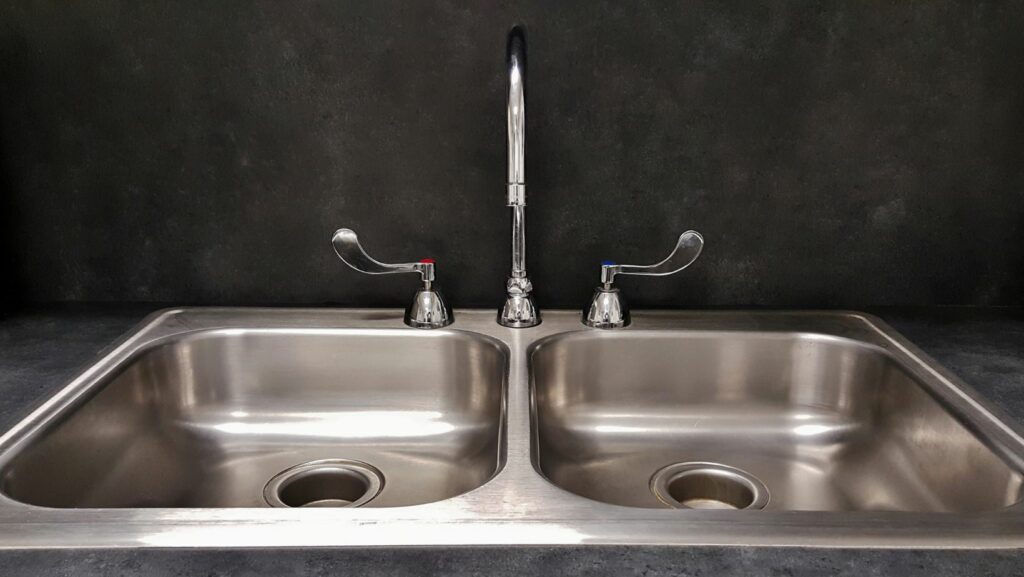The term “stainless kitchen equipment” describes a variety of parts mostly composed of renownedly strong and long-lasting stainless steel. This includes the typical equipment used in commercial kitchens, such as worktops, durable utility sinks, cabinets, shelves, hoods, and countertops.
A stainless steel commercial sink is a common type of kitchen equipment. High-capacity kitchen sinks are a popular option among homeowners due to their strength and longevity, as well as their ability to blend style and function.
Factors Affecting Commercial Stainless Steel Sink
- As with regular checks, routine cleaning and maintenance keep equipment in top working order, prolonging its lifespan and preventing early failure.
- Working conditions: environmental elements, including temperature, humidity, and kitchen hygiene, impact the efficiency and longevity of industrial stainless steel sink.
- Brand and quality of equipment: the quality of the professional kitchen sink and the manufacturer’s standing are crucial factors to consider. Though more expensive at first, high-quality equipment typically has longer lifespans due to its increased durability.
- Durability and usage frequency: like any well-maintained device, a commercial utility sink will wear out more quickly the more frequently employees use it in the kitchen.
- Usage and installation: correctly installing commercial stainless steel sink and following the manufacturer’s operating guidelines will guarantee that the equipment runs as intended and extends its lifespan.
- Modernization and technological advancements: as equipment ages, new, more energy-efficient versions of stainless steel wash stations come out, rendering older units inoperable in terms of both functionality and energy usage. Efficiency and environmental concerns may drive the desire to upgrade to a newer model rather than equipment breakdown.
Ways to Maintain Commercial Kitchen Sinks
- To stop water deposits from building up, gently clean the sink after each use.
- Cleaning stainless steel is required at least once a week.
- Instead of applying stainless steel cleaner against the grain, use a non-abrasive cloth or sponge along the grain.

- Steer clear of steel wool, wire brushes, and abrasive sponge pads.
- Use only non-scratchy cleaning pads.
- Think about including accessories like rinse baskets and bottom racks if you want to shield the surface of your commercial utility sink.
Facts About the Grade and Thickness of Commercial Stainless Steel Sink
It’s important to choose the right steel sheet thickness for industrial kitchen sinks. There are three common thickness options: 1 mm, 1.2 mm, and 1.5 mm. It’s also very important to consider the stainless steel quality of the professional kitchen sink.

It is advisable to search for stainless steel grades 304 and 316. 316 grade costs more because of its superior corrosion resistance, while 304 grade is used in commercial kitchens and hotels since it is more affordable and can combine performance and durability.
Heavy-duty kitchen sinks will benefit most restaurants since they can hold commercial dishwashers for maintenance.
Selecting a stainless steel commercial sink will be simpler, but you can limit your selections if you are aware of the sink’s purpose. To determine which industrial stainless steel sink alternatives are essential, speak with your chef and any other kitchen aids.
